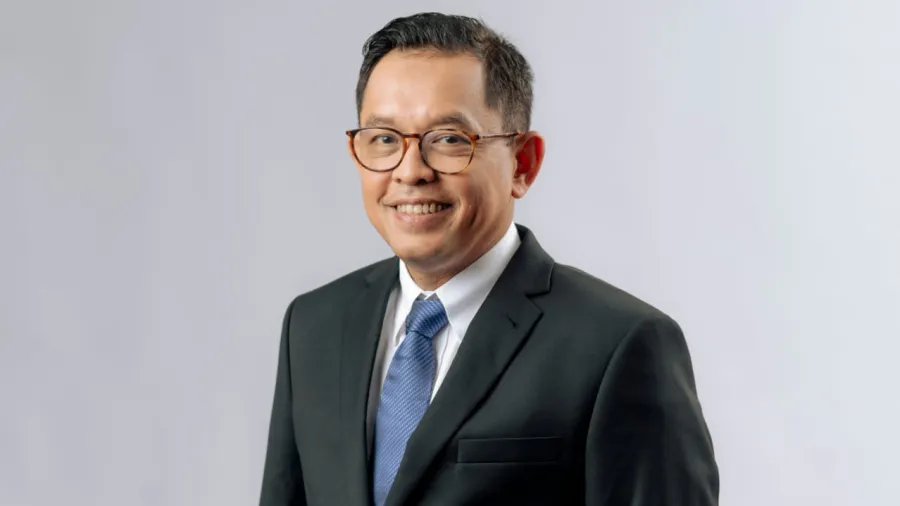
Sarulla eyes full geothermal output recovery with mitigation technologies
A well drilled in 2023 added 20 MW, and a second one is planned for 2026.
Sarulla Operations Ltd., which operates Indonesia’s biggest geothermal plant, plans to drill more wells to bring its 330-megawatt capacity back to full strength after output dropped to 240 MW six years ago due to problems with acidic wells in North Sumatra.
Sarulla’s three units—commissioned in 2017, 2017, and 2018—draw steam and brine from the Namora- I-Langit (NIL) and Silangkitang (SIL) reservoirs. Whilst SIL continues to reliably generate 110 MW, NIL’s wells suffered acidification (pH < 3.2) and rapid reservoir pressure decline, which triggered accelerated corrosion, safety risks, and falling production starting in 2019.
Rather than abandoning the field, the company deployed corrosion inhibitors and installed acid- resistant CR2507 Super Duplex casings across affected wells. These alloy-lined wells remained operable, though smaller diameters reduced flow rates and contributed to the decline to 240 MW.
The company is deploying another production well next year, apart from using acid-resistant alloy casings, proprietary chemical clean-out systems, and soon, artificial intelligence (AI)-based predictive maintenance to boost generation. It previously tested caustic neutralisation but discontinued it due to severe silica scaling inside the wellbore and pipelines.
Sarulla’s shift to digital operations involves using real-time monitoring and predictive analytics. “I can check turbine temperature and well pressure directly from my laptop or phone,” Chief Operating Officer Riza Pasikki said in an interview with Asian Power. “The next step is AI integration—using data to tell us when to replace oil, tune turbines, or optimise performance automatically.”
“Geothermal is a complex, living system,” he said. “The potential beneath the surface is vast, but our current production remains below what the reservoir can actually deliver.”
“Our main focus now is to maximise what’s already available in our concession area so that both our stakeholders and the country benefit from it,” he added.
The company did not provide a target for achieving full capacity but a well drilled in 2023 has produced 20 MW more, and the second one is planned for 2026. It is “proceeding very cautiously due to the significant costs involved,” it said in a separate statement.
To stabilise the reservoir, Sarulla also deployed Integrated Geothermal Combined Cycle Unit (IGCCU), which extracts energy from both steam and brine and reinjects processed fluids back underground. This technology—first used in Indonesia by SOL—has helped arrest further reservoir pressure decline and maximise utilisation of geothermal fluids.
Sarulla has since developed an in-house chemical clean-out solution capable of removing calcite, silica, and sulfite scaling without the need for drilling rigs or coil tubing. “We created our own formula —just pour it down the well, and it cleans itself. It has worked 100% in six wells so far,” Riza said.
The method is based on bullhead acidizing, which SOL began applying commercially in 2024. The innovation has drawn interest from geothermal operators across the region, including delegations from Kenya and the Philippines.
Sarulla’s tariff with state utility Perusahaan Listrik Negara remains below benchmark levels, constraining margins as recovery costs rise. It is pushing tariff reforms and fiscal incentives through the Indonesian Geothermal Association.
“If waste-to-energy plants can get attractive tariffs, why can’t geothermal—an even cleaner and baseload renewable source—receive the same treatment?” Riza asked.
Sarulla supplies about 12% of North Sumatra’s power and 14% of Indonesia’s 2,744-MW geothermal capacity.
Beyond restoring NIL to 330 MW, the company is also preparing for long-term expansion across five additional prospects—East Sibual-buali, N–NW Sibual-buali, S–SE Sibual-buali, Donotasik, and Hopong— which have a combined potential of up to 1,000 MW. An advanced Nodal Ambient Noise Tomography (NANT) survey began in April 2025 to map deeper structures in the Sibual-buali area.
The company is preparing to expand into the Sibual-buali field, which could add 50 MW under the 2029 national power plan. “With better tariffs and continued innovation, we can accelerate the recovery of NIL and move forward to develop Sibual-buali,” he said. “Sarulla’s experience shows that resilience, technology, and collaboration are key to sustaining Indonesia’s geothermal future.”



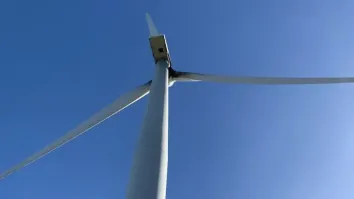

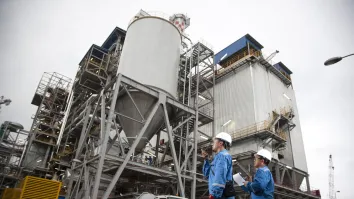
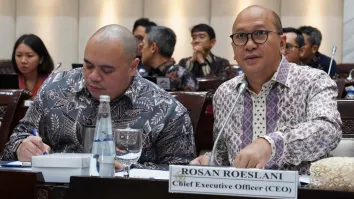


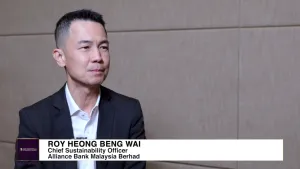
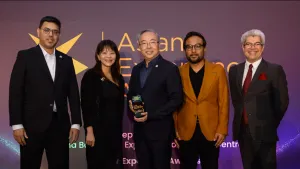






 Advertise
Advertise







